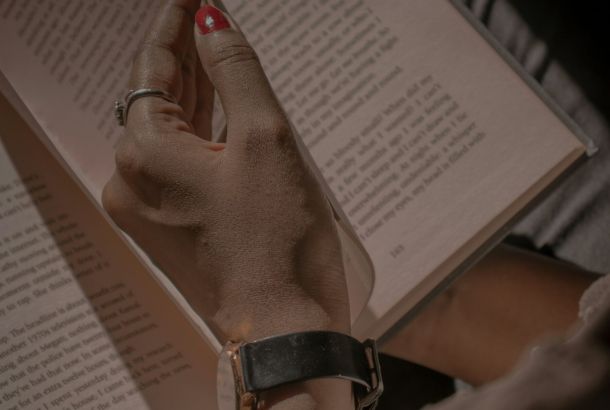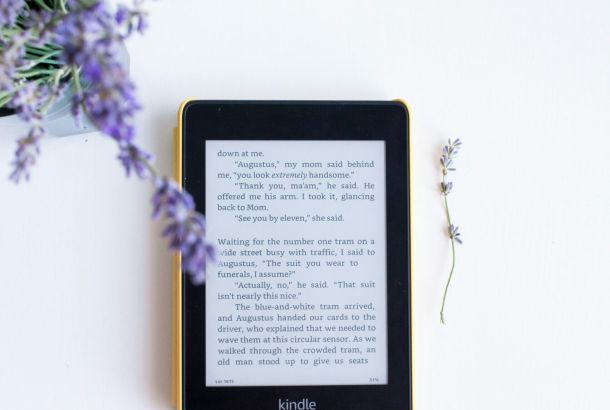In Memoriam review: Finding solace amongst sorrow
By Belle Lewes

Alice Winn’s debut novel In Memoriam tore onto the literary scene in early 2023 and has already reached ‘modern classic’ status, winning the Waterstone’s Book of the Year, Waterstones Debut Fiction Prize, and the Sunday Times Bestseller 2023.
This novel is marketed primarily as an LGBTQ+ romance, and certainly, it holds a beautifully torturous love story between our fantastically faulted protagonists, Heinrich ‘Henry’ Gaunt, and Sidney ‘Elly’ Ellwood. But, more than that, this is one of the finest and, more notably, most accessible World War One novels on the market. This character-led historical fiction is careful not to romanticise the atrocities faced and felt by an entire generation of British men and indeed men all over the world.
The novel starts at Gaunt and Ellwood’s boarding school where we meet our two protagonists: Ellwood with his love for beauty, poetry, and affection, and Gaunt, who is intelligent, strong, and stoic. The best friends cannot avoid their deep affection for one another, despite the two exploring their sexualities in secret, and while apart.
At the outbreak of The Great War, Gaunt, who is half-German, is encouraged to join the front to prove the family’s allegiance to England. Here the novel splits in two where Ellwood and Gaunt interact through letters, while Gaunt simultaneously experiences the atrocities of the front.
Ellwood’s schoolboy experience and his romanticisation of war and manhood are brutally contrasted by Gaunt’s experience, powerfully emphasising the naivety and youth of many of the First World War’s soldiers. Elwood eventually enlists to meet Gaunt and fight together at the front, despite being only 17 years old.
The two boys protect each other with fierce loyalty and finally, love, yet the novel does not (and cannot) conclude here, as the reality of war intervenes.
The powerful realism of this novel is in some places harrowing, with the narration so desensitised that grotesque images – such as a face floating in the puddle of a trench – becomes background description. But that is what makes this novel so spectacular: the reader, like our two protagonists, becomes desensitised to the atrocities and yearns to read only about the tragic yet comforting love story between Gaunt and Ellwood, as we too take solace in love when faced with such horror.
The romance is not sensationalised, it is still private and as muted as most homosexual relationships had to be during the Great War. However, even while subdued, their fierce love for one another prevails through life-altering trauma.
Ellwood’s narration of Gaunt’s haunting character transformation is simultaneously beautiful yet disturbing. Winn’s choice to have the reader be the one to notice the changes in Ellwood is even more moving, as we become his observer much like he was of Gaunt.
The romance of this novel is what makes the tragedy bearable, for both the reader, but also for Ellwood and Gaunt. Love is what propels both the war story and the soldiers themselves, whether they were fighting for someone at home, somebody they were fighting alongside, someone posted somewhere else in the world, someone missing, or someone no longer alive. Love in this novel, whether platonic, familial, or romantic, is stripped down to its most raw and dependent form.
It is clear why this historical novel is so impactful. Winn’s extensive research of The Great War (detailed in her Acknowledgements and Notes) seems unparalleled: from the poetry of Sassoon to autobiographies, to her own school’s student newspaper entries from 1913-1919. The subsequent certainty of narration and shocking detail of this text allows for an intimate presentation of brutal atrocities.
It is not a traditional romance, it is not erotic, it is not ‘sweet’, and it is not particularly heart-warming even, but it is fantastically powerful. This is a rare example of historical fiction that is fact-laden and brutal yet still page-turning. It is not exploitative and sensationalising of trauma, it equally is not a lascivious portrayal of homosexual romance; it is instead delicate, careful, and impactful.
This is a historical fiction bound together by platonic, familial, and romantic bonds, and one that I can confidently recommend to all.







